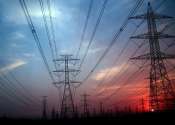Clean, sustainable fuels made 'from thin air' and plastic waste
Researchers have demonstrated how carbon dioxide can be captured from industrial processes—or even directly from the air—and transformed into clean, sustainable fuels using just the energy from the sun.
Jun 19, 2023
1
111









